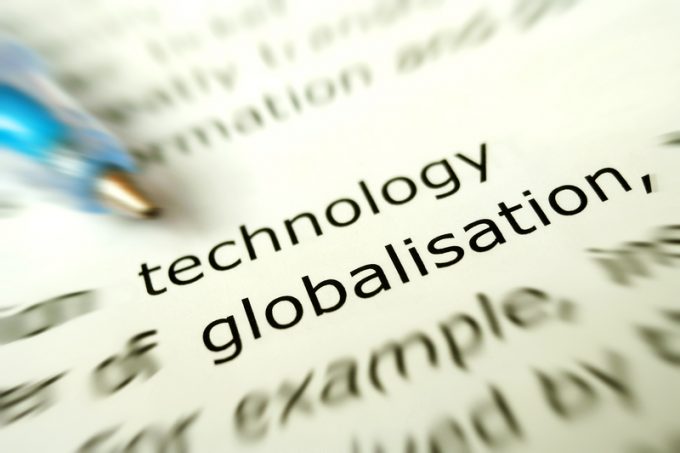Analysis: DHL Group – the bulls and bears take to the stage
If it’s a headwind, perhaps you’re walking the wrong way

Supply chains are becoming increasingly regionalised, particularly in Asia and Europe, while trade intensity is in decline, according to new research on globalisation published today.
While trade is still growing in absolute terms, cross-border goods have declined from 28.1% of the total share in 2007 to ...

Comment on this article